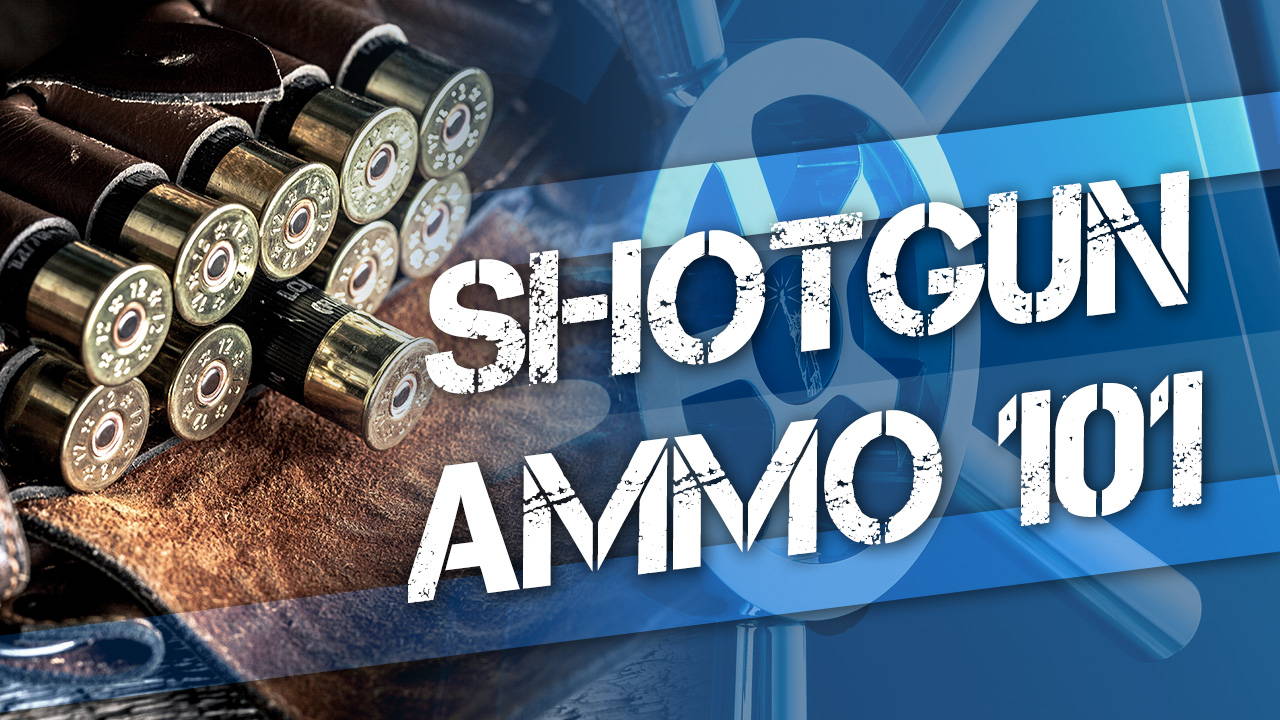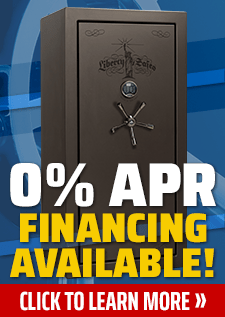Shotguns are probably the most versatile type of firearm. They can be used for hunting large and small game, for wingshooting, clay games (such as trap, skeet, or sporting clays), tactical use, defense, and multigun. One of the aspects of shotguns that makes them so versatile is the drastically different types of ammunition available. Let’s go over the basic types of shotgun cartridges.
Basic Types of Shotgun Shells
Suppose we ignore specialty rounds like less-lethal (used for riot control) or the multitude of exotic/novelty rounds like the flame-throwing dragon’s breath, flechettes (tiny steel darts), ball-and-chain or bolo rounds (and the list goes on). In that case, we can categorize nearly all shotgun ammunition into one of three categories: birdshot, buckshot, or slugs.
A birdshot shotshell is a (usually) plastic outer hull filled with tiny metal pellets of various sizes, ranging from FF (.23 inches in diameter) on the larger end of the spectrum to #12 shot (.05 inches) on the smaller end. In the U.S., most commonly available birdshot cartridges range from size T (each pellet being roughly .20 inches in diameter) through BBB (.19), BB (.18 inches), B (.17 inches), and then progressively smaller pellets numbered 1 through 9, with number 9 shot pellets measuring .08 inches in diameter.
Shotshells should always be fired from a non-rifled shotgun barrel (i.e., smooth-bore) for maximum effectiveness. Firing the shot through a rifled bore imparts a spin on the shot cloud that spreads the shot far too quickly and leaves a ring-shaped pattern with large open spaces in the center, making the shot ineffective. Rifled shotgun barrels are intended only for use with slugs (usually sabot slugs; see below).
The shot size used in birdshot shotshells depends on what you are hunting or which targets you’re shooting, the desired effect, the distance to the targets, and other factors. For example, you might select #7 birdshot, which contains hundreds of smaller pellets, if you use your shotgun for hunting light-skinned birds or small animals (or shooting clay targets). Still, you might use #5 on larger, wild pheasants late in the season when their coat of feathers is thicker, and you need more penetration for an ethical kill. For larger ducks and geese for which steel shot is required in most locations, you might select BB, BBB, or even T shot to get the effective penetration level with the lighter steel shot.
A buckshot cartridge is constructed similarly to birdshot, except that the pellets are much larger in size, and there are far fewer of them. While a typical shotshell of #8 birdshot contains hundreds of tiny lead pellets, a common double-aught (00) buckshot load might contain only 8 or 9 .33 inches of lead balls. Buckshot is so named because it was designed for hunting larger game, such as deer (buck), but it is also devastatingly effective as a tactical or defensive cartridge.
Video: Stuff You Should Know About Buckshot
Common sizes of buckshot in the US range in progressively larger sizes from #4 buckshot at .24 inches in diameter, through 3, 2, 1, then 0 at .32 inches, 00 at .33 inches, and finally triple-aught (000) at .36 inches for each pellet.
Slug Cartridges
Slug cartridges, instead of small, round lead pellets, contain a single, large metal bullet loaded in a plastic hull and are typically used for hunting large game or for defense. You should never shoot at an aerial target with a slug since the bullet travels in a trajectory similar to a rifle or handgun bullet and can remain lethal for hundreds of yards. (Birdshot pellets have much less mass and lose their lethal energy within about 80 to 100 yards, depending on the size of the shot.)
Video: The Best 12ga. Shotgun Slug
Slugs are available in two common varieties: so-called rifled or Foster-type slugs, which are soft lead, with angled riflings molded into the sides to swage down through a shotgun choke safely. (Despite the confusing name, rifled slugs are intended to be fired in smoothbore barrels, and the riflings do not impart any spin to the projectile, despite what the experts hanging around your local gun counter may tell you.)
Sabot (SAY-bow) slug cartridges contain a smaller-diameter projectile, often with a hollow point, contained within a plastic housing or sabot that breaks away from the slug after leaving the barrel. This allows sabot slugs to be fired through rifled shotgun barrels, and they can be surprisingly accurate.
In some states, deer hunters are prohibited from using traditional rifles and are required to use shotguns for hunting large game, especially in more densely populated areas.
Always Use the Correct Gauge
Shotguns are available in many different gauges or calibers. The most common gauge in North America is 12 gauge. The number corresponding to the gauge refers to the number of pure lead balls of bore diameter that weigh one pound. Simple, right? Not really, but that’s still how shotgun calibers are named. A 20 gauge has a smaller bore diameter (and smaller shells) than a 12 gauge because it takes 20 lead balls the size of the bore to weigh one pound, while a 12 gauge takes only 12. A 28 gauge is, of course, smaller still. The exception is a .410 bore, the smallest common shotgun caliber. The .410 leaves the gauge naming convention behind and is so named simply because the bore is .410 inches in diameter (around 67 ½ gauge). So, calling a .410-bore shotgun a four-ten gauge is incorrect.
You should always make sure that the gauge of your ammo matches the gauge of your firearm. For example, if you have a 12-gauge shotgun, you must use 12-gauge ammo (of the appropriate length; see below). If you have a 20-gauge shotgun, you need to use 20-gauge ammo.
This might sound somewhat obvious. But it is possible to put a smaller shell into the chamber of a larger-gauge gun. The problem is that the shell will usually slide partially down the barrel and can obstruct the barrel, causing a dangerous, potentially lethal situation. As with all firearms, always use the right ammunition for your gun is vital.
Pick the Right Shell Length
Shotgun shells come in different lengths—the longer the shell, the more powder and the more shot it contains. The chamber size for a modern, standard shotgun is 2 3/4 inches for all gauge shotguns. Some have a 3-inch chamber, and specialty hunting shotguns have 3 ½-inch chambers.
There are three different common shell lengths:
- Standard shells that are 2 3/4 inches long
- Magnum shells that are 3 inches long
- Super-magnum shells that are 3 1/2 inches long
Please note: the stated length of the cartridge refers to the chamber or the length of the cartridge hull after firing. In other words, a 3-inch cartridge will measure a little less than 3 inches before firing. After firing, the hull opens to let the shot out and measures approximately 3 inches.
You should always use a shell the same length or shorter than the chamber of your shotgun. If your gun has a 3-inch chamber, you can safely use shells that are marked 3 inches or 2 ¾-inches.
Choosing the right shotgun shell matters. So does choosing the right gun safe. Visit your local Liberty Safe dealer to find the right safe for your shotgun.
*Made in the U.S.A. from U.S. and Global Parts.







